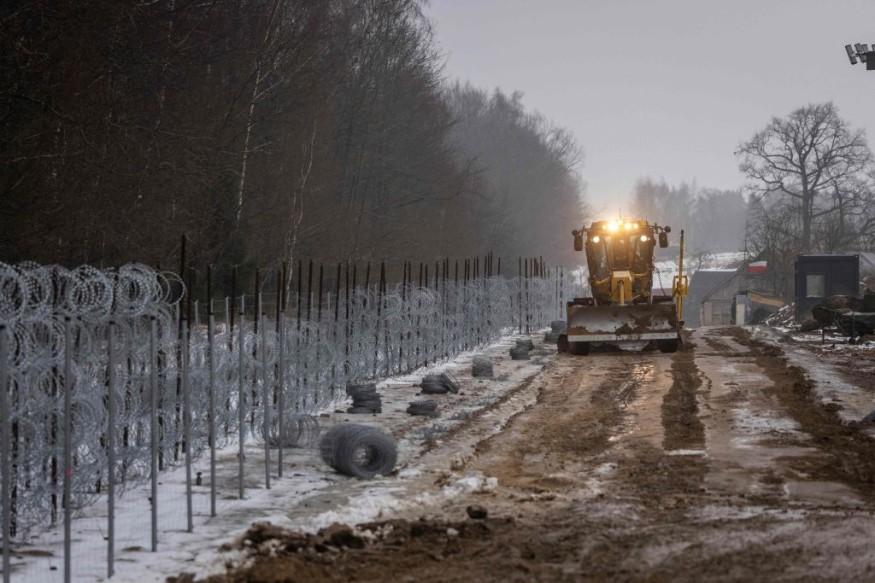Forest areas, river valleys, wetlands, and hills between the borders of Poland and Belarus are at risk as the Polish government started the construction of a 16-feet tall and 116-mile-long fence wall along the Polish-Belarusian border.
The Polish-Belarusian Wall

Although the construction of the Polish-Belarusian wall aims to block an influx of migrants from Belarus, there is a growing concern among scientists that the wall will have environmental repercussions to the natural habitat and ecosystems between the two countries.
As a response to an influx of migrants from Belarus, the Polish government is approximately set to complete the construction of the wall in the coming months.
Due to the wall's length, the construction places a new fence-stretching nearly half of the border of Belarus. The mega infrastructure may also involve tree logging, noise traffic, and road building, which may cause disturbance to the animals living in the area.
The Bialowieza Forest, Europe's Largest Primeval Forest
The border between Poland and Belarus comprises a vast natural habitat for a variety of animals. Taking shelter in a multitude of ecosystems, including the Bialowieza Forest.
Scientists are alarmed that the construction of the wall will significantly disrupt the Bialowieza Forest, Europe's last lowland old-growth woodland, according to the UNESCO World Heritage Centre. Europe's largest primeval forest is located between Poland and Belarus.
UNESCO classifies the Bialowieza Forest World Heritage site as a vast range of forest covering a total area of 141,885 hectares. The Bialowieza Forest is situated in a watershed above the Baltic Sea and Black Sea.
Moreover, the World Wide Fund for Nature considers the Bialowieza Forest as the most preserved forest ecosystem but the last primeval forest in Europe. The forest is home to the largest population of bison.
Environmental Criticisms Surrounding the Construction
The construction of the wall is also parallel with criticism from scientists, with the latter highlighting there will be environmental repercussions associated with the construction of the wall.
Scientists call the construction of the 116-mile-long wall along the Poland-Belarus border an "environmental disaster," as per National Geographic.
According to Katarzyna Nowak, a researcher at the University of Warsaw's Bialowieza Geobotanical Station, the wall will not only block migration routes for humans but also for many animal species, including deer, lynx, wolves, and brown bears. Bogdan Jaroszewicz, the director of the Bialowieza Geobotanical Station, also said the construction of the wall is a "disaster."
Meanwhile, John Linnell, a biologist at the Norwegian Institute for Nature Research, stated the challenge of cross-border migrations has caused governments to overlook laws meant to protect the environment, both cited by National Geographic.
In addition, the construction has drawn public criticism from various humanitarian and conservatory groups, but according to the Polish government, the construction of the wall is part of a state of emergency back in September 2021 to control the influx of thousands of migrants.
The influx of migrants in the area began in September 2021 when migrants started entering Belarus; but overcrowding and the lack of holistic assistance forced thousands of migrants to cross the borders of Poland, Latvia, and Lithuania. The Polish government has often intercepted the migrants and sent them back to Belarus.
© 2025 NatureWorldNews.com All rights reserved. Do not reproduce without permission.





